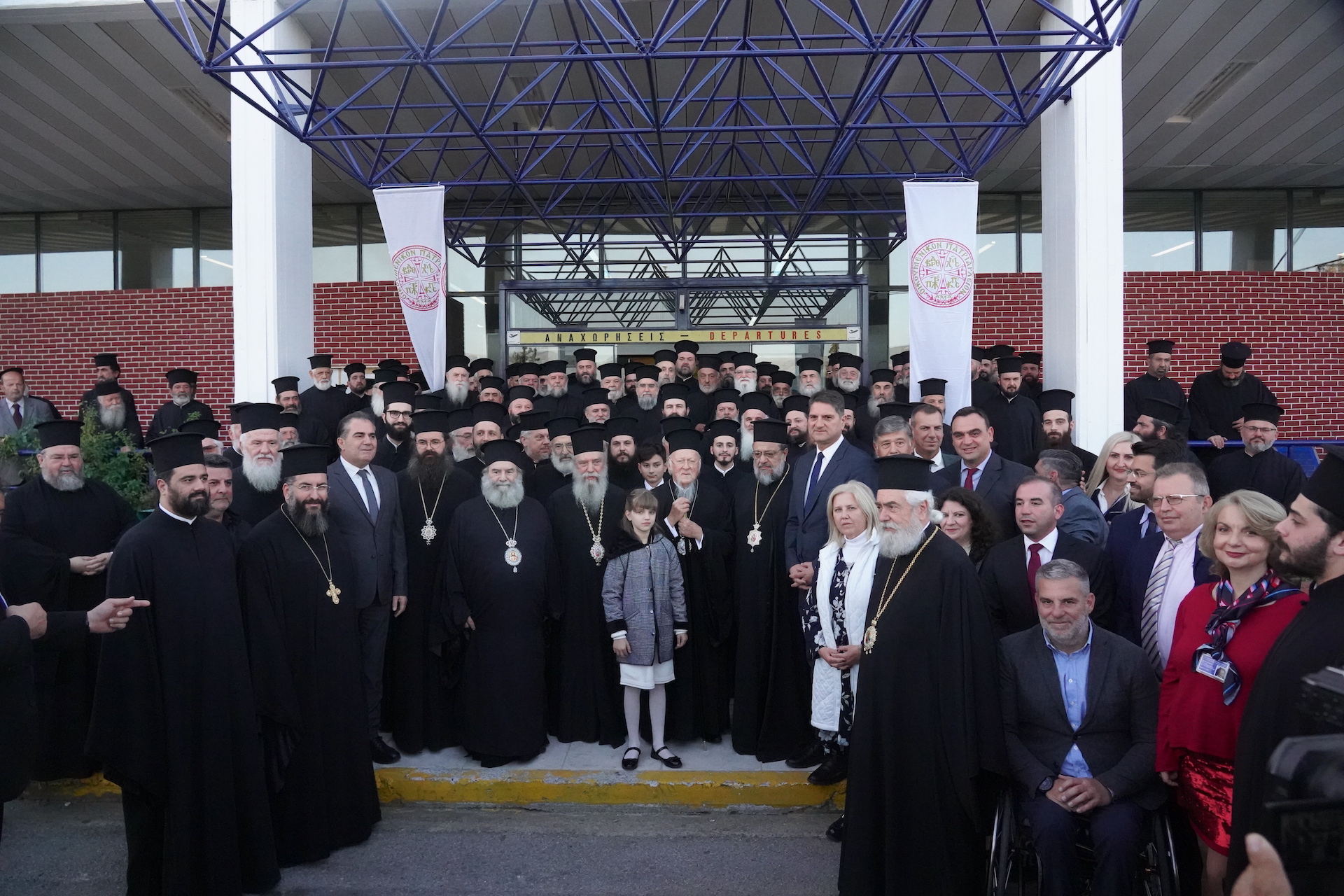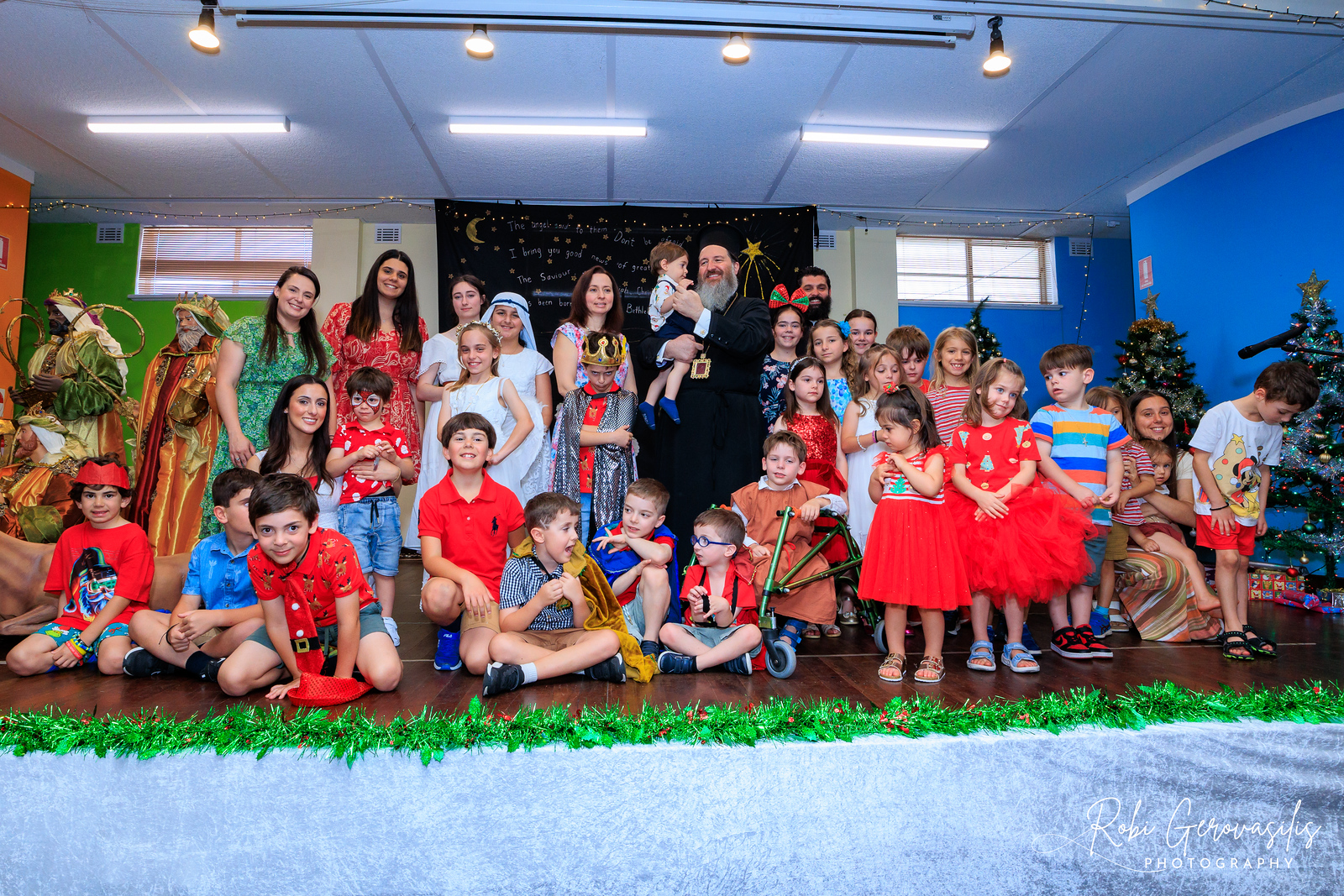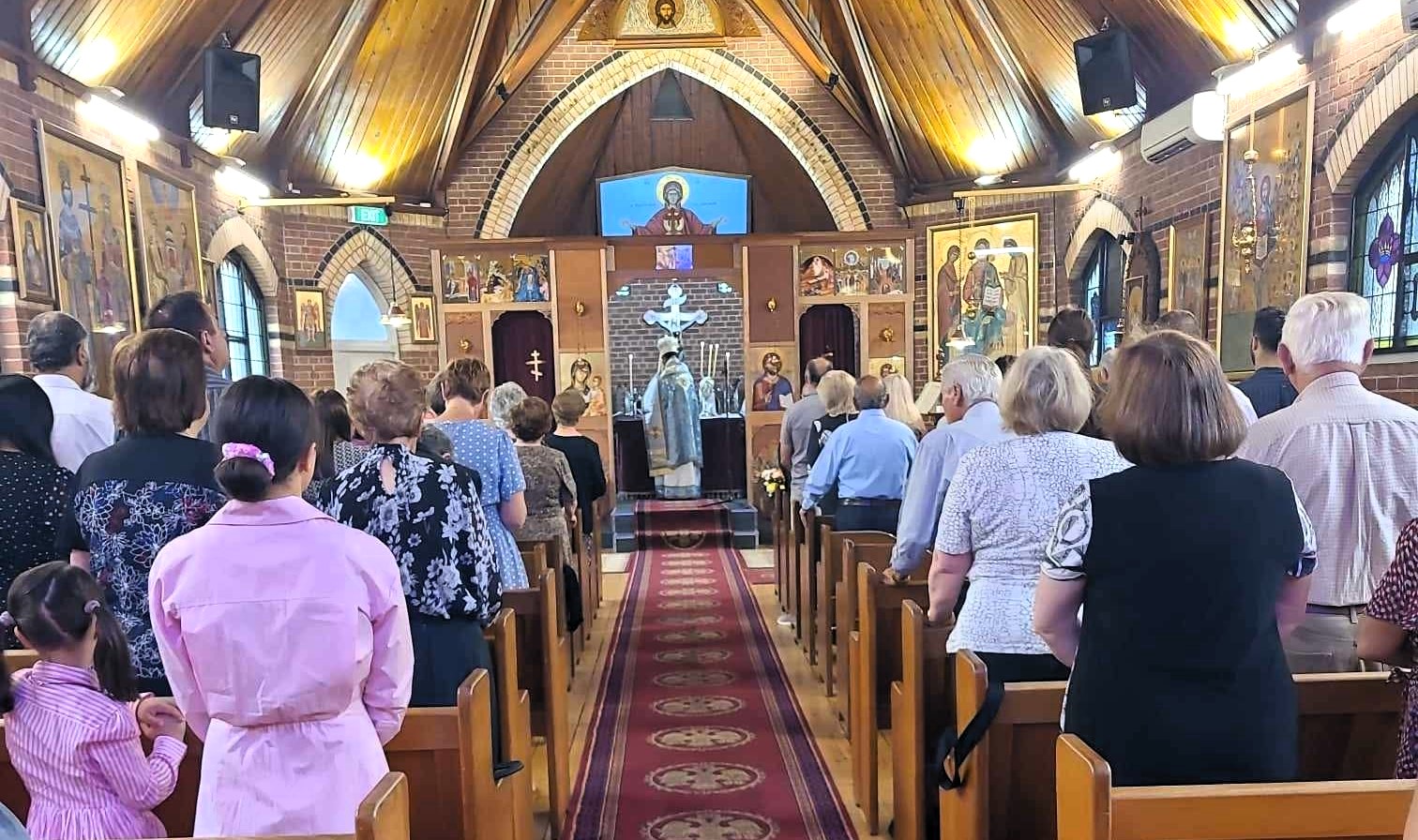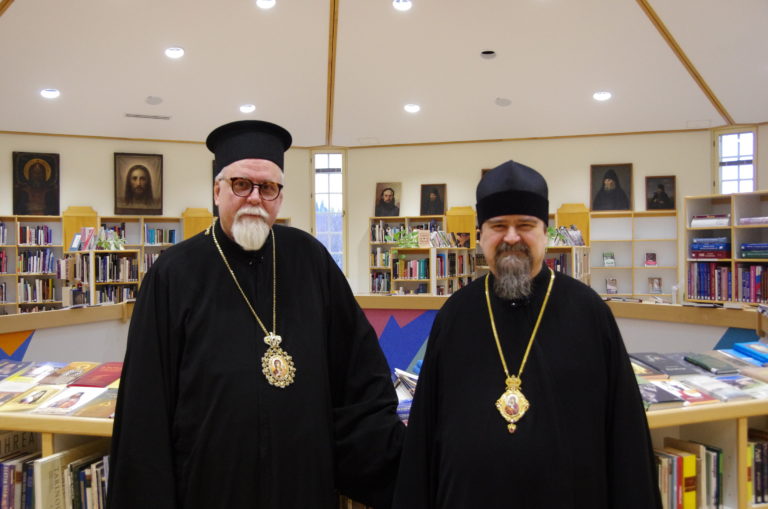Martyr Longinus the Centurion, who stood at the Cross of the Lord (16 October)
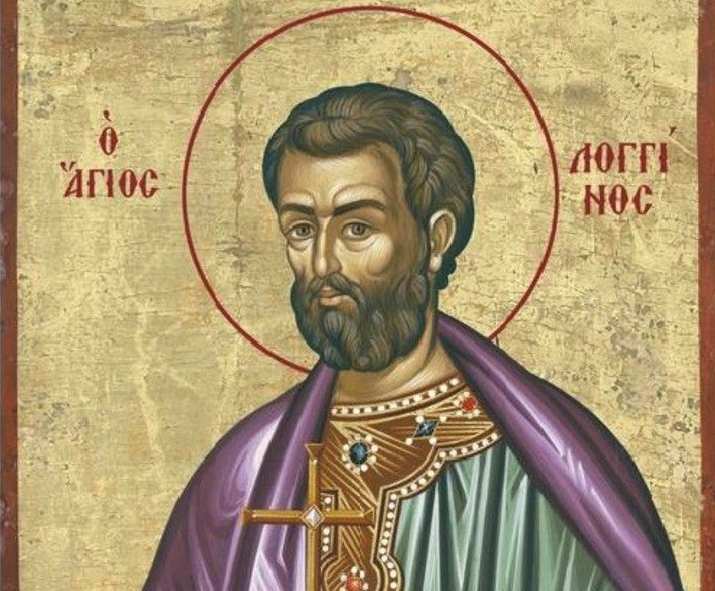

The Holy Martyr Longinus the Centurion, a Roman soldier, served in Judea under the command of the Governor, Pontius Pilate. When our Savior Jesus Christ was crucified, it was the detachment of soldiers under the command of Longinus which stood watch on Golgotha, at the very foot of the holy Cross. Longinus and his soldiers were eyewitnesses of the final moments of the earthly life of the Lord, and of the great and awesome portents that appeared at His death. These events shook the centurion’s soul. Longinus believed in Christ and confessed before everyone, “Truly this was the Son of God” (Mt. 27:54).
According to Church Tradition, Longinus was the soldier who pierced the side of the Crucified Savior with a spear, and received healing from an eye affliction when blood and water poured forth from the wound.
After the Crucifixion and Burial of the Savior, Longinus stood watch with his company at the Sepulchre of the Lord. These soldiers were present at the All-Radiant Resurrection of Christ. The Jews bribed them to lie and say that His disciples had stolen away the Body of Christ, but Longinus and two of his comrades refused to be seduced by the Jewish gold. They also refused to remain silent about the miracle of the Resurrection.
Having come to believe in the Savior, the soldiers received Baptism from the apostles and decided to leave military service. Saint Longinus left Judea to preach about Jesus Christ the Son of God in his native land (Cappadocia), and his two comrades followed him.
The fiery words of those who had actually participated in the great events in Judea swayed the hearts and minds of the Cappadocians; Christianity began quickly to spread throughout the city and the surrounding villages. When they learned of this, the Jewish elders persuaded Pilate to send a company of soldiers to Cappadocia to kill Longinus and his comrades. When the soldiers arrived at Longinus’s village, the former centurion himself came out to meet the soldiers and took them to his home. After a meal, the soldiers revealed the purpose of their visit, not knowing that the master of the house was the very man whom they were seeking. Then Longinus and his friends identified themselves and told the startled soldiers to carry out their duty.
The soldiers wanted to let the saints go and advised them to flee, but they refused to do this, showing their firm intention to suffer for Christ. The holy martyrs were beheaded, and their bodies were buried at the place where the saints were martyred. The head of Saint Longinus, however, was sent to Pilate.
Pilate gave orders to cast the martyr’s head on a trash-heap outside the city walls. After a while a certain blind widow from Cappadocia arrived in Jerusalem with her son to pray at the holy places, and to ask that her sight be restored. After becoming blind, she had sought the help of physicians to cure her, but all their efforts were in vain.
The woman’s son became ill shortly after reaching Jerusalem, and he died a few days later. The widow grieved for the loss of her son, who had served as her guide.
Saint Longinus appeared to her in a dream and comforted her. He told her that she would see her son in heavenly glory, and also receive her sight. He told her to go outside the city walls and there she would find his head in a great pile of refuse. Guides led the blind woman to the rubbish heap, and she began to dig with her hands. As soon as she touched the martyr’s head, the woman received her sight, and she glorified God and Saint Longinus.
Taking up the head, she brought it to the place she was staying and washed it. The next night, Saint Longinus appeared to her again, this time with her son. They were surrounded by a bright light, and Saint Longinus said, “Woman, behold the son for whom you grieve. See what glory and honor are his now, and be consoled. God has numbered him with those in His heavenly Kingdom. Now take my head and your son’s body, and bury them in the same casket. Do not weep for your son, for he will rejoice forever in great glory and happiness.”
The woman carried out the saint’s instructions and returned to her home in Cappadocia. There she buried her son and the head of Saint Longinus. Once, she had been overcome by grief for her son, but her weeping was transformed into joy when she saw him with Saint Longinus. She had sought healing for her eyes, and also received healing of her soul.
This Martyr was in the service of Pontius Pilate at the time of Christ our Saviour’s Passion. While standing guard at the Cross and beholding the earthquake and all that came to pass, he cried out with fear, “Truly this was the Son of God” (Matt. 27:54). After the Resurrection, he forsook the military and departed for Cappadocia, his homeland, where he preached Christ. By the agency of Pontius Pilate, Tiberius Caesar had him arrested and beheaded.
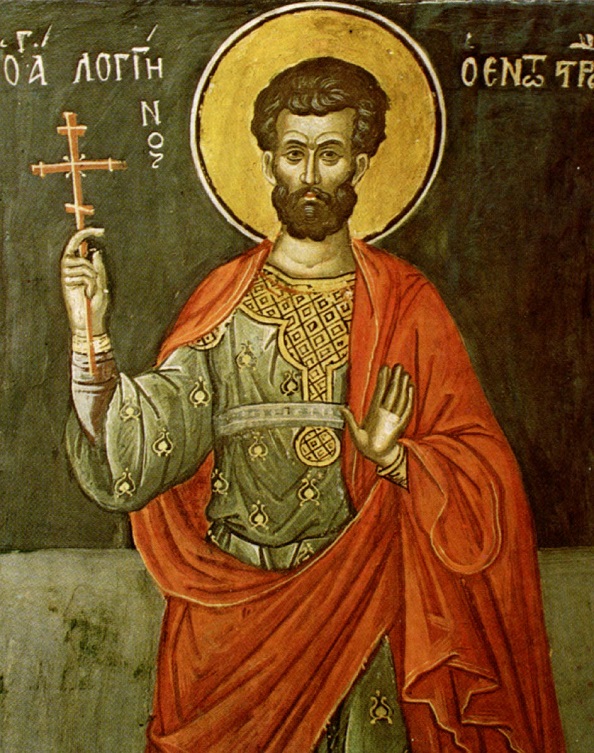

The divine Matthew the Evangelist, in describing the passion of the Lord Jesus Christ, says: Now when the centurion, and they that were with him, watching Jesus, saw the earthquake, and those things that were done, they feared greatly, saying, Truly this was the Son of God (Matthew 27:54). That centurion was this blessed Longinus, who with two other of his soldiers came to believe in Jesus, the Son of God. Longinus was chief of the soldiers who were present at the Crucifixion of the Lord on Golgotha, and was also the chief of the watch that guarded the tomb. When the Jewish elders learned of the Resurrection of Christ, they bribed the soldiers to spread the false news that Christ did not resurrect, but rather that His disciples stole His body. The Jews also tried to bribe Longinus, but he did not allow himself to be bribed.
Then the Jews resorted to their usual strategy: they decided to kill Longinus. Learning of this, Longinus removed his military belt, was baptized with his two companions by an apostle, secretly left Jerusalem and moved to Cappadocia with his companions. There, he devoted himself to fasting and prayer and, as a living witness of Christ’s Resurrection, converted many pagans to the true Faith by his witness. After that, he withdrew to a village on the estate of his father. Even there, however, the malice of the Jews did not leave him in peace. Due to the calumnies of the Jews, Pilate dispatched soldiers to behead Longinus. St. Longinus foresaw in the spirit the approach of his executioners and went out to meet them. He brought them to his home, not telling them who he was. He was a good host to the soldiers, and soon they lay down to sleep.
But St. Longinus stood up to pray, and prayed all night long, preparing himself for death. In the morning, he called his two companions to him, clothed himself in white burial clothes, and instructed the other members of his household to bury him on a particular small hill. He then went to the soldiers and told them that he was that Longinus whom they were seeking. The soldiers were perplexed and ashamed, and could not even contemplate beheading Longinus, but he insisted that they fulfill the order of their superior. Thus, Longinus and his two companions were beheaded. The soldiers took Longinus’s head to Pilate, and he turned it over to the Jews. They threw it on a dung heap outside the city.
Apolytikion of Longinus the Centurion
Fourth Tone
Thy Martyr, O Lord, in his courageous contest for Thee received as the prize the crowns of incorruption and life from Thee, our immortal God. For since he possessed Thy strength, he cast down the tyrants and wholly destroyed the demons’ strengthless presumption. O Christ God, by his prayers, save our souls, since Thou art merciful.
Kontakion of Longinus the Centurion
Fourth Tone
With great joy the Church of Christ today rejoiceth on the festive memory of blest Longinus, the all-famed and godly prizewinner. And she doth cry out: O Christ, my foundation and might art Thou.
Source: oca.org / goarch.org / westserbdio.org

